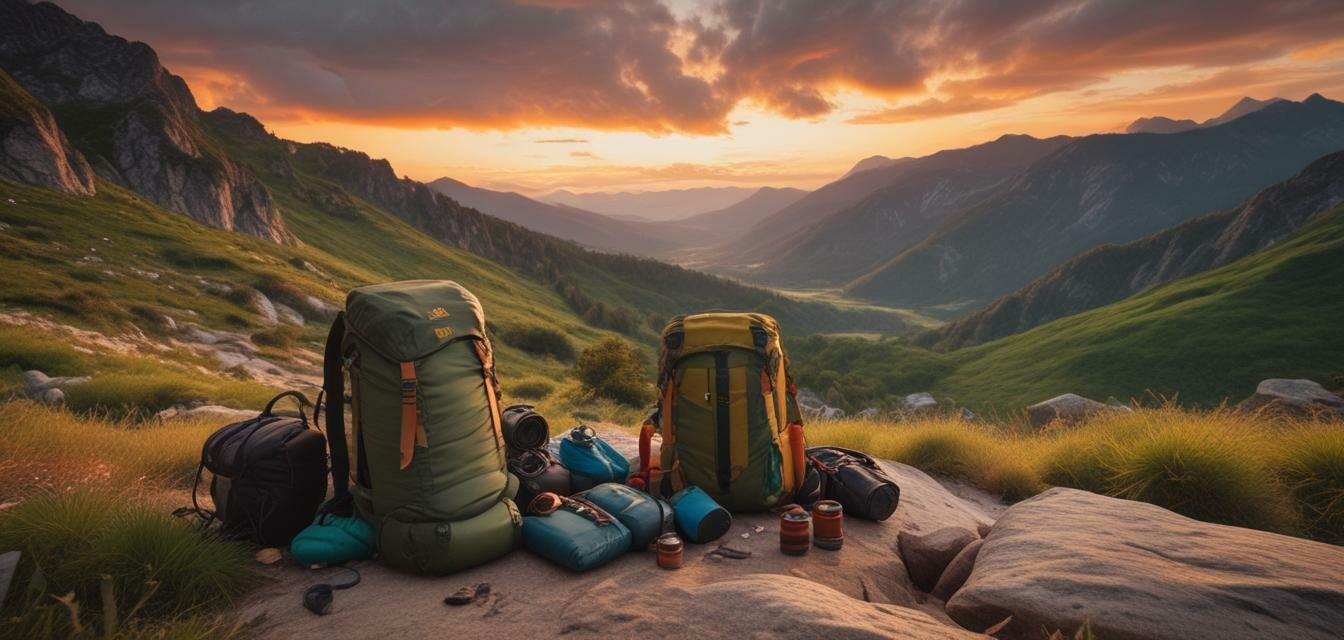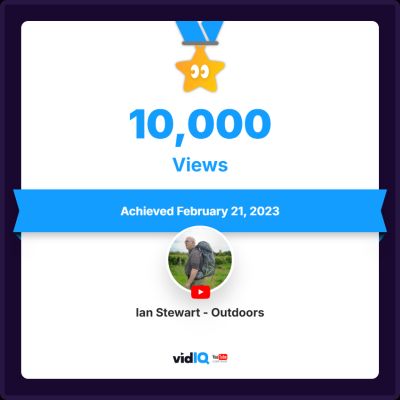
As an Amazon Associate, I earn from any qualifying purchases, at No Extra Cost to You.
Social Media's Influence on Backpacking Destinations
Key Takeaways
- Social media significantly impacts the choice of backpacking destinations.
- Popular platforms like YouTube and Facebook showcase stunning trails and locations.
- Hashtags and geotags play a key role in promoting specific hiking spots.
- Influencers have transformed many hidden gems into trending backpacking hotspots.
- Backpacking communities engage online, sharing experiences and tips.
In recent years, social media has taken the world by storm, influencing various aspects of our daily lives. Among these is its profound impact on adventure-seeking travelers, particularly those passionate about backpacking. As backpackers turn to platforms like Instagram and Pinterest for inspiration, the trends surrounding backpacking destinations have evolved rapidly. This article explores the influence of social media on the choices of where people hike and explore, ultimately reshaping the landscape of outdoor adventures.
The rise of social media in travel
Traveling has always been about sharing experiences, but social media has created a new dimension to this. Backpackers are not just sharing their adventures; they are curating them. Let's look closely at how this has changed the backpacking scene.
Visual storytelling
Platforms like YouTube and Instagram thrive on visually appealing content. Stunning images of breathtaking trails, unique wildlife encounters, and picturesque sunset hikes have made many locations go viral. The impact of a single photo can introduce thousands of followers to uncharted territories. Areas once considered lesser-known are now buzzing with backpackers seeking the next iconic shot.
Trending hashtags and geotags
Hashtags such as #HikeMore, #NatureLovers, and #BackpackingAdventures not only categorize content but also assist prospective travelers in finding new trails. Geotags provide useful information regarding the exact locations, making them more accessible for those planning their next trip. Below is a table illustrating popular backpacking hashtags and their reach:
| Hashtag | Reach (Estimated) |
|---|---|
| #HikeMore | 12 million |
| #NatureLovers | 10 million |
| #Backpacking | 8 million |
| #AdventureTime | 7.5 million |
| #Wanderlust | 6 million |
Influencers and their impact
Social media influencers have changed the game for backpacking destinations. Their endorsements often lead certain locations to sudden popularity:
- Influencers promote lesser-known trails to their million followers, giving them exposure.
- Photos and reviews from these influencers encourage followers to visit new places.
- Brand partnerships encourage influencers to showcase specific products related to the backpacking experience, which can further boost specific destinations.
The power of community
There’s an undeniable community aspect to backpacking that social media enhances. Online platforms allow backpackers to:
- Share captivating stories and breathtaking images.
- Engage in meaningful dialogue about various trails and gear.
- Form groups and communities that discuss and promote specific backpacking destinations.
Case Studies of Popular Backpacking Destinations
To better understand the influence of social media on backpacking locations, let's take a look at some case studies highlighting what can happen when a location goes viral.
| Destination | Before Social Media | After Social Media |
|---|---|---|
| Banff National Park, Canada | Lesser-known among international travelers | One of the most photographed national parks worldwide |
| Torres del Paine, Chile | Popular within hiking circles | Viral on Instagram, boosting tourism significantly |
| Mount Rinjani, Indonesia | Favored mainly by avid hikers | Gained fame through social media platforms, increasing foot traffic |
Challenges of social media influence
While social media's influence on backpacking destinations is significant, it does come with challenges:
- Crowding and environmental concerns can arise at previously quiet locations.
- Inauthentic experiences as travelers chase social media trends instead of connecting with nature.
- Over-commercialization of scenic locations can diminish natural beauty.
Conclusion
Social media has undeniably transformed the landscapes of backpacking and travel. With the power to influence destination choices, promote lesser-known trails, and create vibrant communities, platforms like Instagram and Pinterest have redefined how we experience the great outdoors. As we navigate this evolution, it's essential to enjoy and appreciate these stunning locations while remaining mindful of the impact our digital sharing can have on them.
Tips for Responsible Backpacking in a Social Media World
- Research your destination before you go, considering its capacity and impact.
- Limit sharing specific locations if they are sensitive or over-crowded.
- Engage with local communities to promote responsible tourism.
- Practice Leave No Trace principles to protect nature.
Pros
- Increased awareness of beautiful hiking spots.
- Enhanced sense of community among backpackers.
- Potential for economic growth in local areas.
Cons
- Overcrowding of popular trails.
- Environmental degradation due to increased foot traffic.
- Pressure to capture perfect moments for social media.
